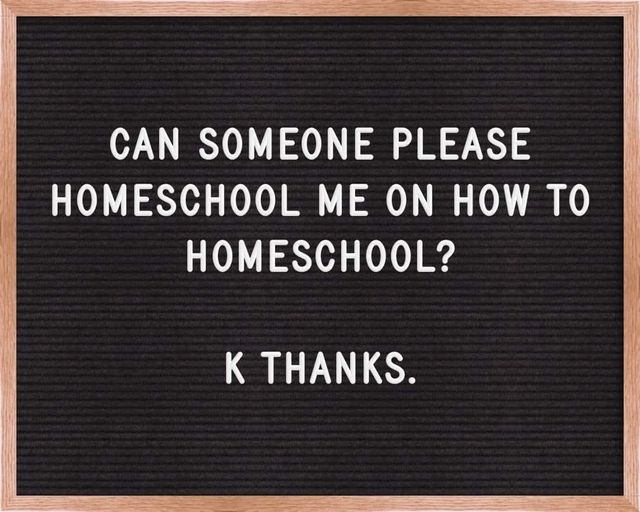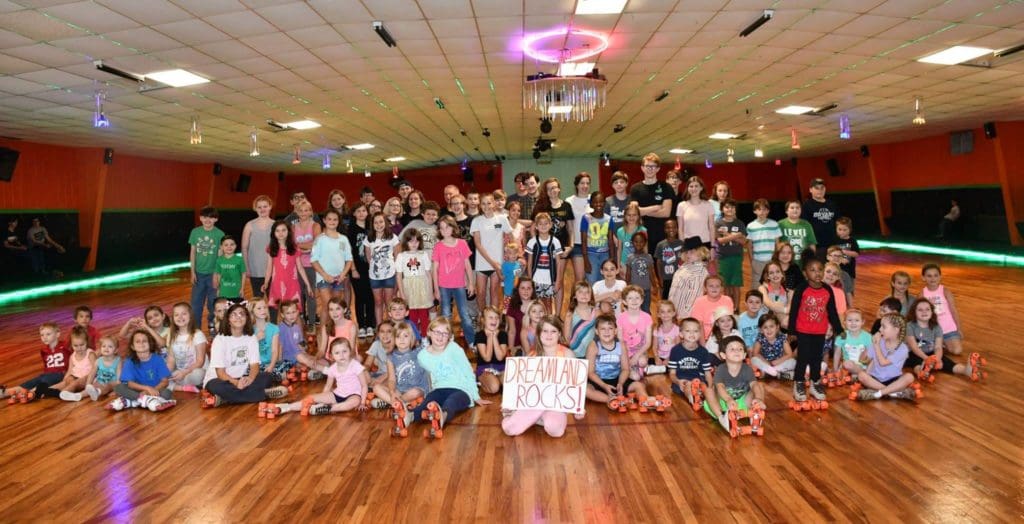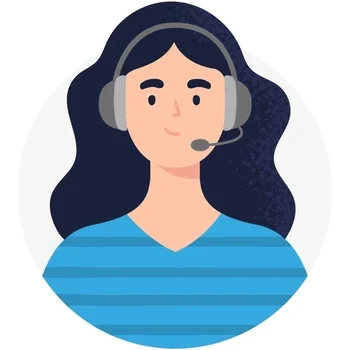Getting Started

Getting Started
Homeschooling is overwhelming to everyone getting started. If you feel that way it’s perfectly normal, but still doable. I am going to try and break this down as simply as I can, with links to more info, to hopefully help make the research a little less overwhelming. I am also always available for help via a PM or a phone call. Ok. You ready?
Step 1: Choose Virtual Public OR Traditional Homeschooling
Virtual Public (sometimes called: online school, K12, connections, ALVA) is done through the public school system. They generally provide a free curriculum, require regular check-ins and testing, and have a limited flexible timetable. You will still be following a public school curriculum and plans. Also, join South Alabama Virtual Public on Facebook for more information on those options.
Traditional Homeschooling is parent-led. The legal requirements are different (but not difficult). If you want to return to a brick-and-mortar public school later you will have to test back in, but keep reading, I have help for that! There are many FREE curriculum options (click the button below), but even most of the options that have a cost are still cheaper than the general costs of getting ready for a new school year. The curriculum comes with teacher guides (answers), and much of it comes back to you as you go. You choose your curriculum and on what timetable it is completed. It is common for children to be ahead in some subjects and not others. Also, go to South Alabama Homeschooling on Facebook for support and help!
Step 2: Getting legal (in Alabama)
*Only if you choose the “Traditional Homeschooling” path.
There are 3 ways to be a legal homeschooler in AL, but most people choose between joining a church school OR sending in the private school enrollment form. All are easy, all require reporting! Click the button below to find out more about your options.
Some of this information is geared heavily toward the South Alabama area. To “get legal” in your state check out the HSLDA (Home School Legal Defense) website and find a nearby homeschool group on social media. Finding that group will also connect you to the activities available to your children in your area.
Step 3: Choose a Curriculum
This process can feel overwhelming at first. It seems like every choice is a “make-it or break-it” decision. It’s not. The choices you make can be changed. Most homeschool families change curriculum many times. What works one year, or for one child, may not be the best fit for the next. Remember that there are teachers’ guides with answers and information on the best way to map out each curriculum for the school year. You don’t have to make it up. Several of these also have options for a video to teach the lessons for you. You should not be spending 6-8 hours a day doing schoolwork. See the second link below, any grade level, for a chart of suggested lengths of time to be spent on school work.
The following Curriculum Finder has options to sort curriculum by age, subject, cost, secular/religious, etc.
Step 4: Socialization
Step 5: Putting your child back into public school
If long-term homeschooling isn’t your plan they will have to test back into public school. (I have heard of one-off exceptions, but this is very rare.) To help in this plan I give you two links. The first gives you the learning goals of the public school system per grade level. It’s hard to test on biology if they take chemistry all year. So following that path will keep them on the right track. This doesn’t mean you have to use the public school curriculum. The second is a link for at-home testing sites. These you can do in your home at the end of the year so you have an idea of where your child is before you make the next step.
Step 6: College and beyond
While the K through 12 public school system does not accept the traditional homeschool-issued credits, the colleges, military, and employers DO! This means if you decide to homeschool through high school, your graduate will be able to go on to all of those opportunities, as long as you have followed the reporting requirements.
That's a lot of information!
While homeschooling isn’t for everyone I genuinely believe that many more people can do it than think they can. I suggest taking it one step at a time, joining a local homeschool group for support, and feel free to message me if you have more questions.
SAH Homeschoolers ROCK!
We have kicked off the last several years at Dreamland Skate Center with a “NOT Back to School Party” on the first day of public school. Throughout the year we celebrate holidays, spirit week, geography fairs, and MORE!

Enjoy the FREEDOM!



